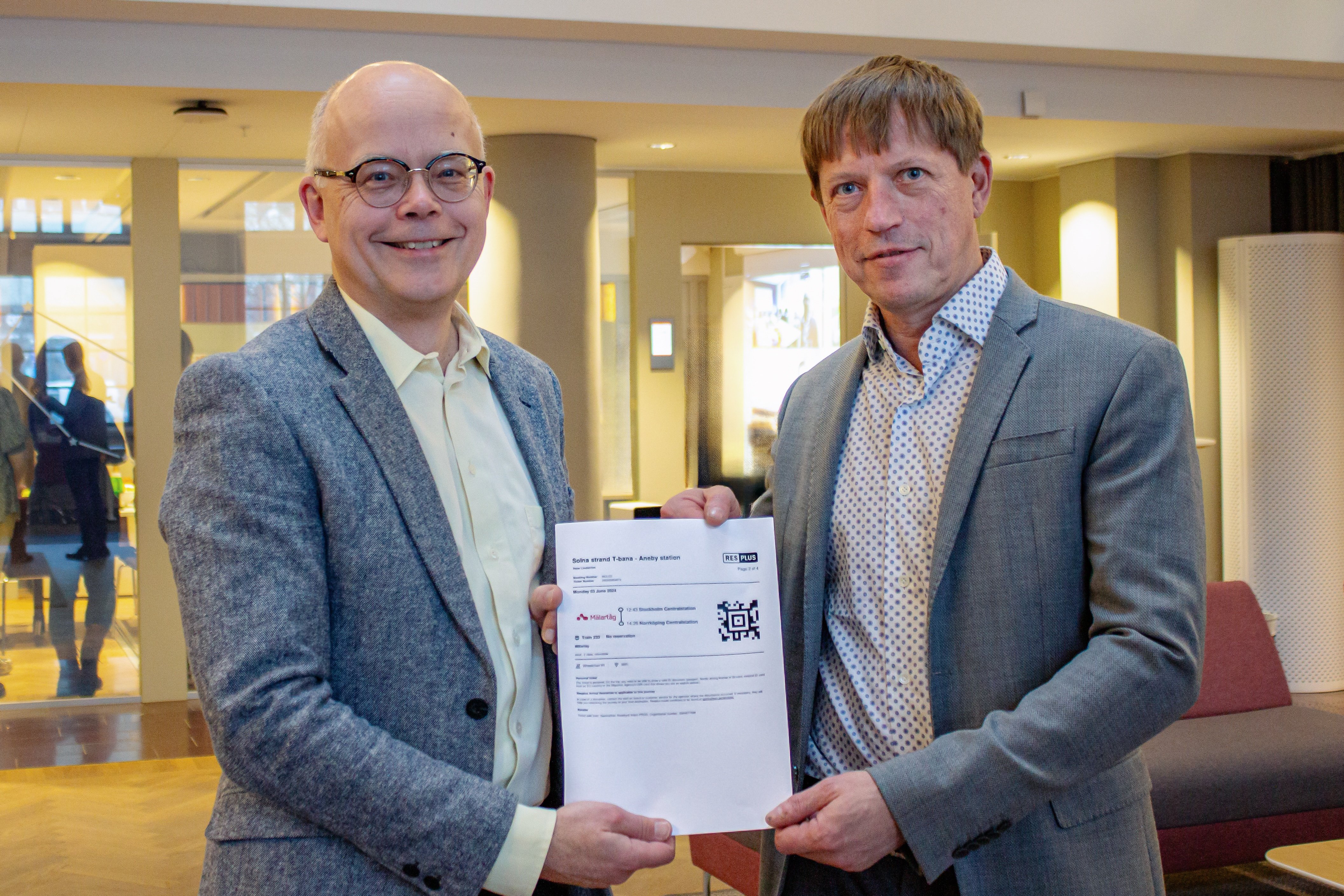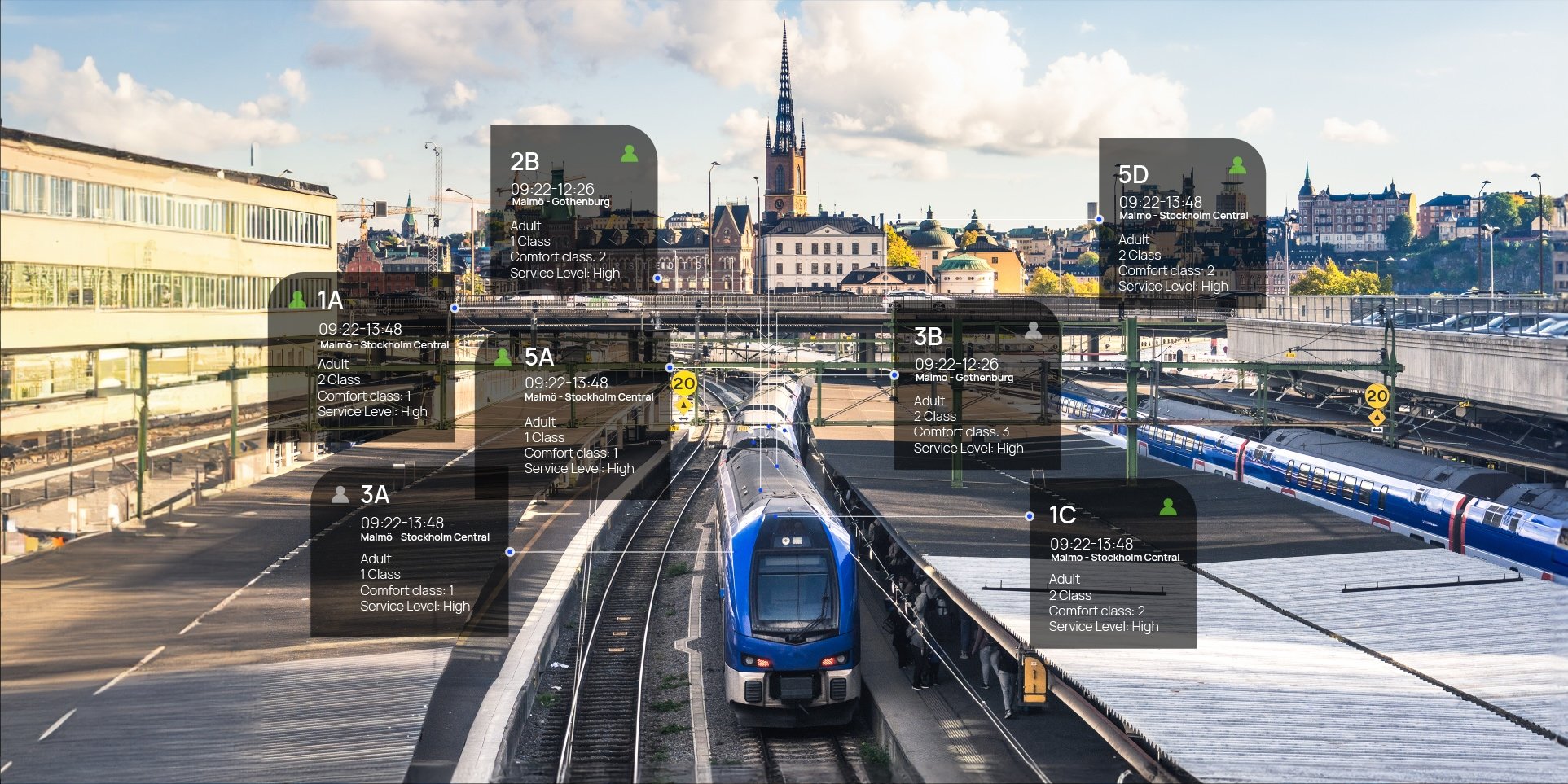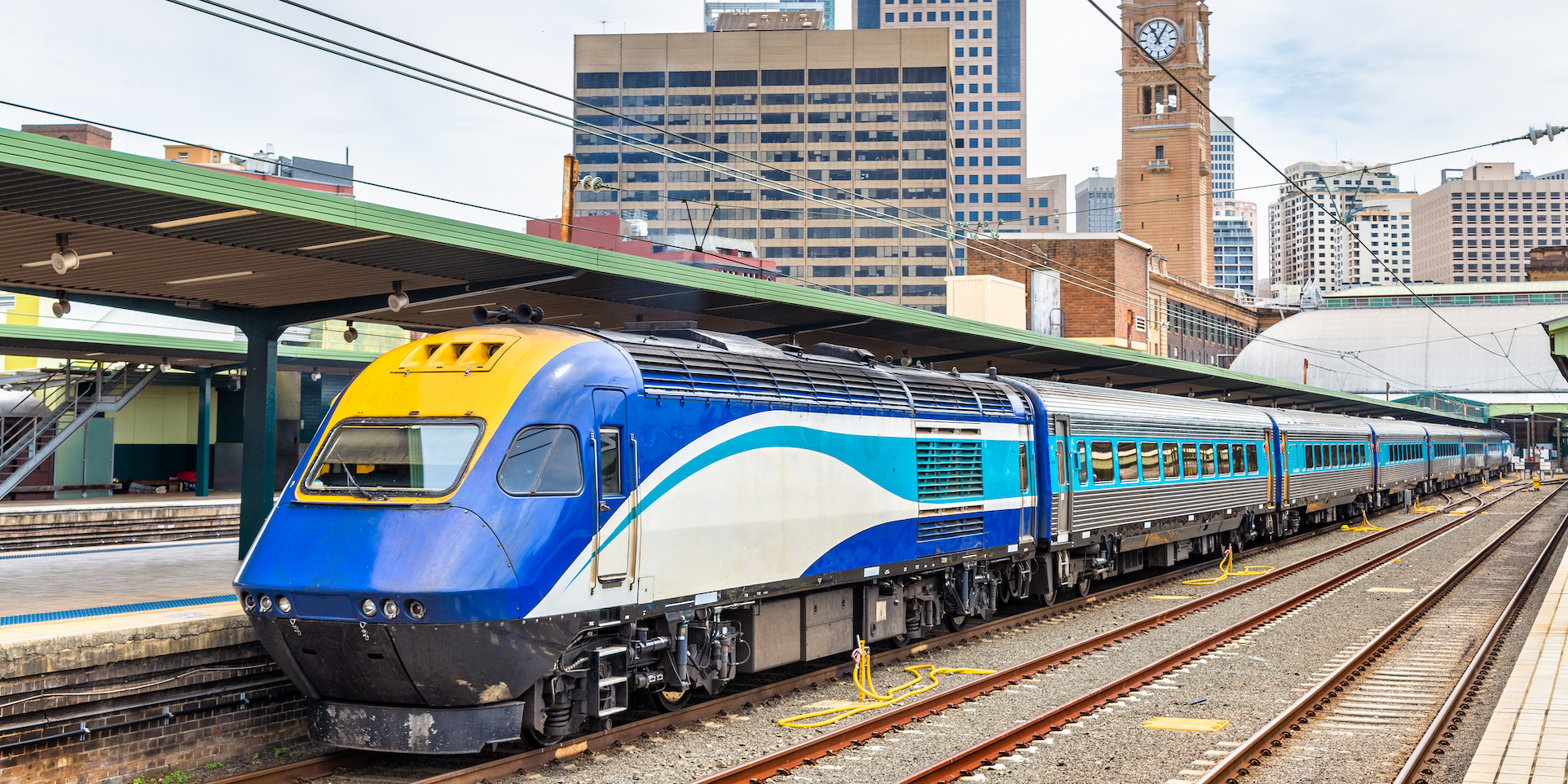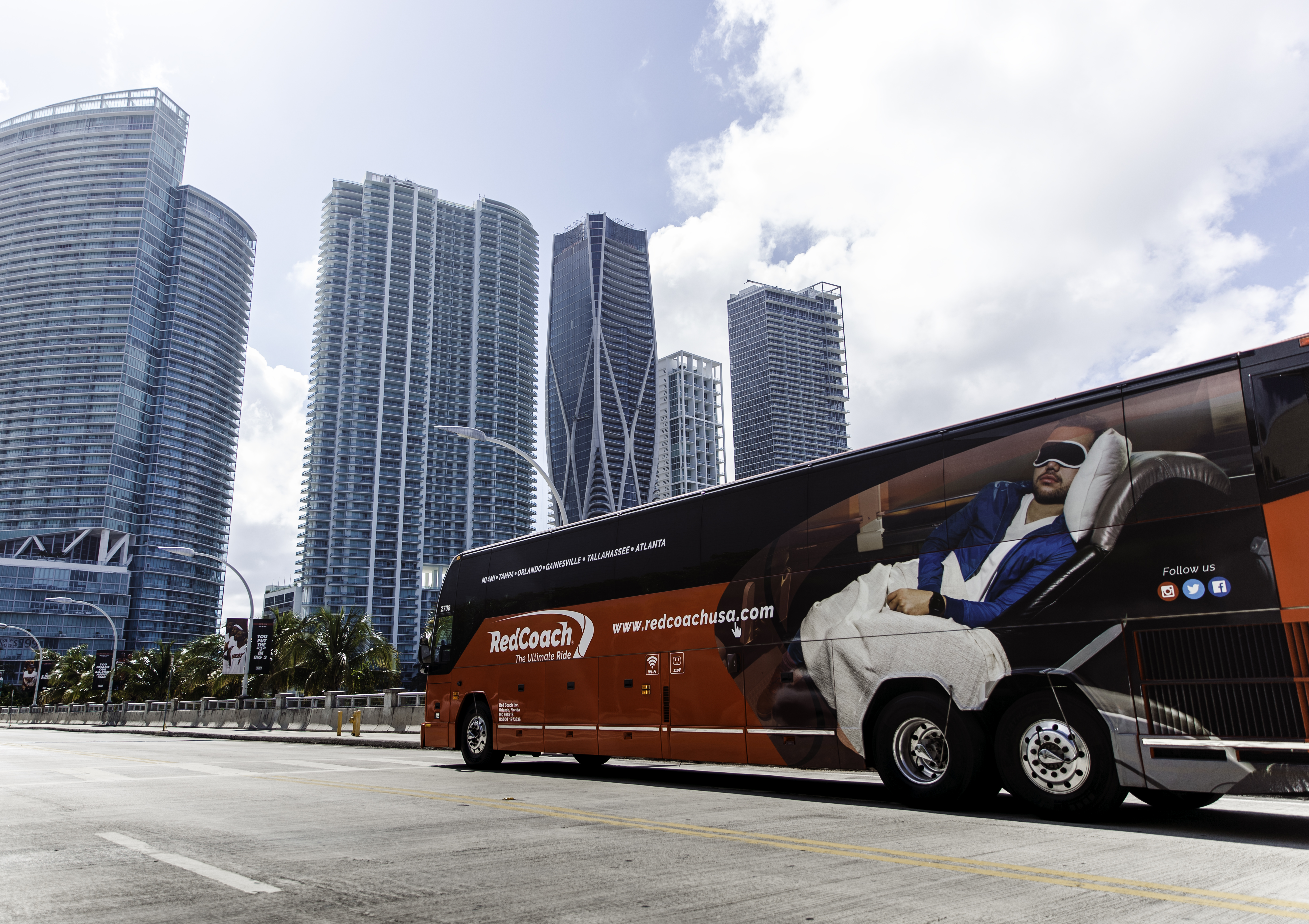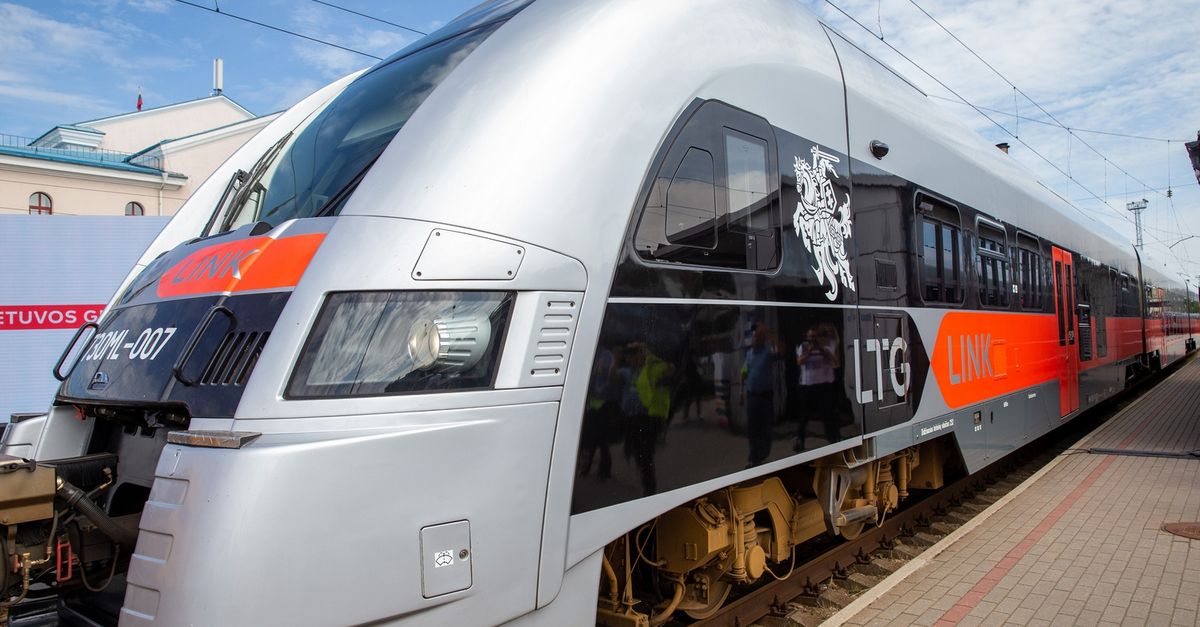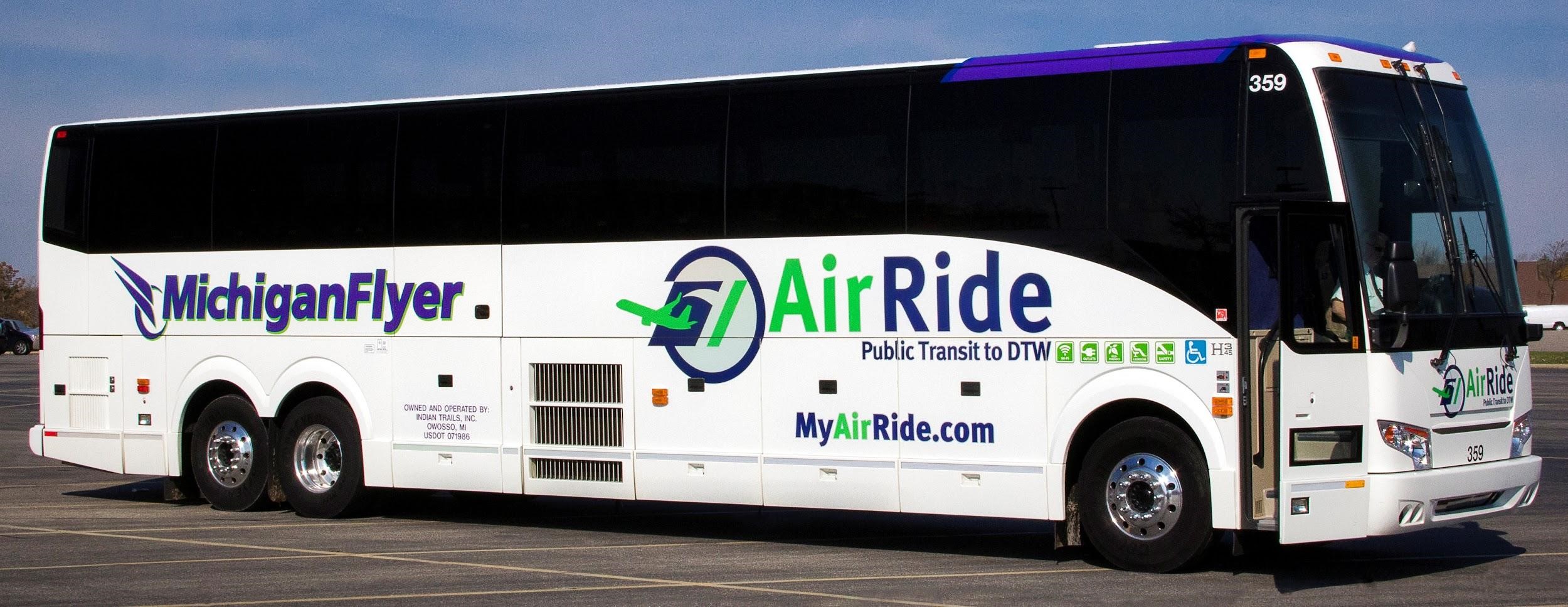6 Steps to Implementing Dynamic Pricing in a Bus Company

Dynamic pricing is one of the latest trendy tools used by long-distance bus operators who want to stay competitive and boost their yield. It means adjusting the available fares in real time, according to changes in demand and time until departure.
We have created a guide in two parts that collects everything you need to know about dynamic pricing and how to implement it. In the previous post, we examined what conditions your company should meet for its implementation and what type of dynamic pricing you need.
Today, we give tips on what to do and what to avoid if you’re starting out with dynamic pricing.
1) Implement Real-Time Inventory Management
If your goal is to apply demand-based dynamic pricing, you should first implement an efficient and real-time inventory management system. It allows you to always be up-to-date on seats sold and available throughout your sales channels at any given moment.
Only by monitoring your seat availability in real time, can you implement dynamic pricing successfully.
2) Invest in Capable Technology
This is a crucial point where companies often try to cut the corners. Yet, a combination of complex business processes and real-time dynamic pricing could result in a performance issue on your reservation system and clog your sales channels. This is especially true during sales campaigns and peak hours.
When considering to implement dynamic pricing, you should ensure:
- Your reservations and inventory management system has a highly scalable architecture.
- The system utilizes latest software technologies.
- It is field-tested in similar conditions.
3) Analyze Your Data
When using modern technology, you will gain access to a huge amount of data. Besides rich transactional data (O/D, fare type, time of purchase, etc.) you can gather additional information about customers’ habits, competitors’ prices, changing demand, etc.
To determine what your price range should be, you need to assess the price a certain customer is willing to pay at a specific moment (aka price elasticity). Also, you should cap your lowest and highest fares, corresponding capacity levels, and value that each price category offers.
Although there are specific tools for revenue-related data analysis, it’s strongly recommended to hire a revenue manager capable of handling such undertaking. This analysis is almost always an ongoing process.
4) Choose Your Channels
Not all sales channels are ideal for implementing dynamic pricing. Usually, on-board sales can benefit more from fixed (and most expensive) prices, as last-minute buyers tend to be less price sensitive. The same applies to offline sales points. If passengers make an effort to buy the tickets in a physical office, they are probably ready to spend more.
Not all sales channels are ideal for implementing dynamic pricing.
Online sales, on the opposite, are the best place to implement dynamic pricing, especially in a highly competitive market. Passengers buying tickets online are generally shopping around and comparing prices. You should be able to adjust your offer quickly to appeal to this group of buyers. This is especially true on markets where metasearch engines and aggregation websites have gained strong market share.
5) Segment Your Passengers
An important step when applying dynamic pricing is customer segmentation.
It means that you have to use the available data to understand your customer and establish why they are traveling: is it leisure or business?
This will allow you to model an offer that is adequate to the passenger’s expectations and profit the most from it. It is also crucial when creating loyalty programs or campaigns targeted to certain customer types.
6) Avoid Price Discrimination
Customer segmentation is different than applying price discrimination. While demographics can be used to create targeted campaigns, it’s wrong (and often illegal) to base price variations on certain data. For example, what device a passenger is using to book their tickets or their IP address.
These policies can have a negative impact on your brand in the long run. In a famous example, Uber lost part of its customers to the competition because of its „surge pricing“ tactics. This policy involves raising prices in certain geographical areas in response to disruptions.
In 2012, customers accused Uber of taking advantage of a snowstorm in New York. With most of the public transportation paralyzed by the blizzard, Uber charged its users more than threefold the usual fare.
While it may sound like a smart move, exploiting market disruptions like natural disasters can have more drawbacks than benefits. Your prices should always be justifiable for the passengers and they have to consider them (relatively) fair.
Conclusion
Dynamic pricing can be a powerful tool for your business when applied correctly. If you have established that it makes sense to apply it, these steps will help you to start out in the right direction.
Has your company recently implemented dynamic pricing? What have you based your prices on?



